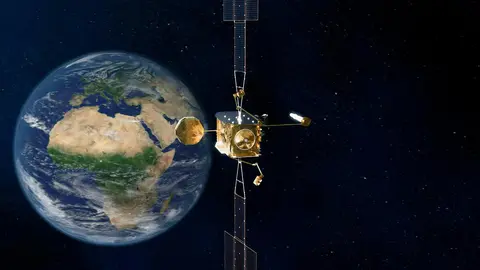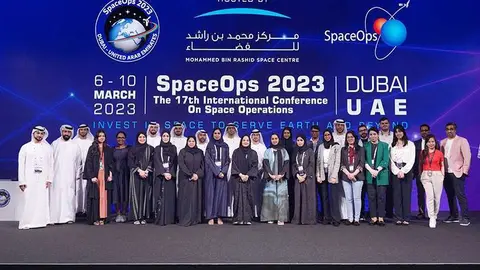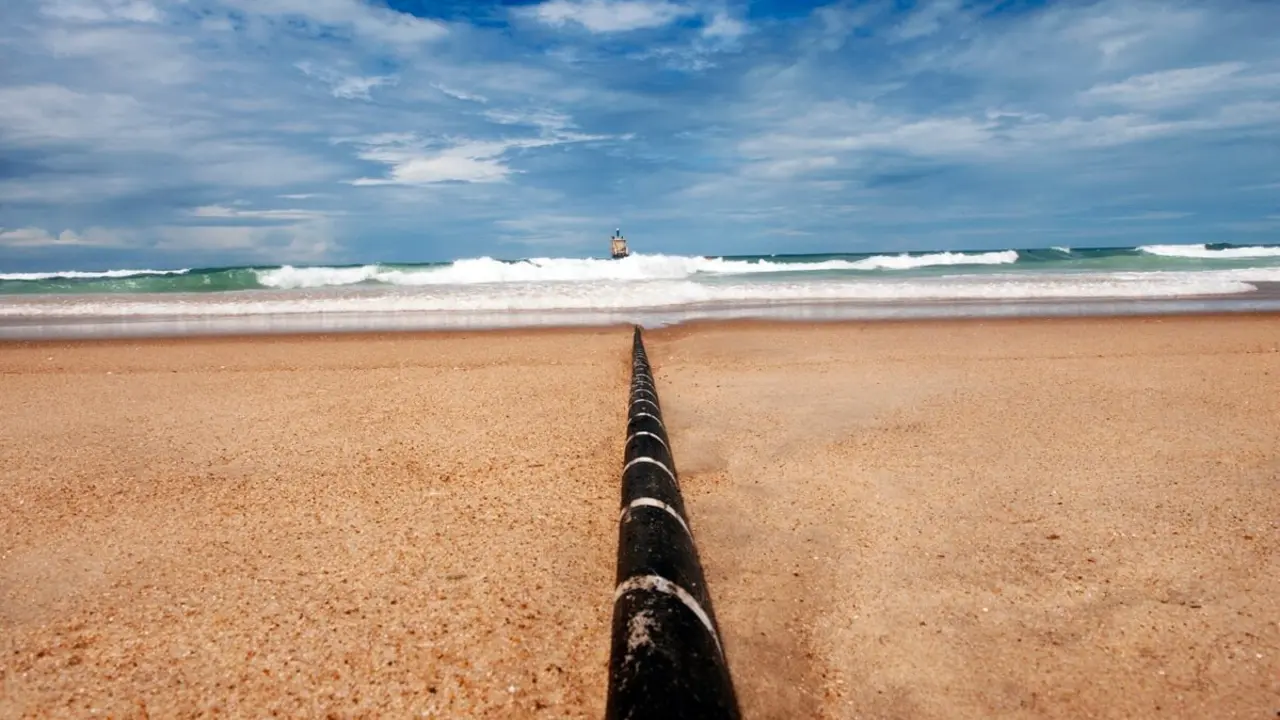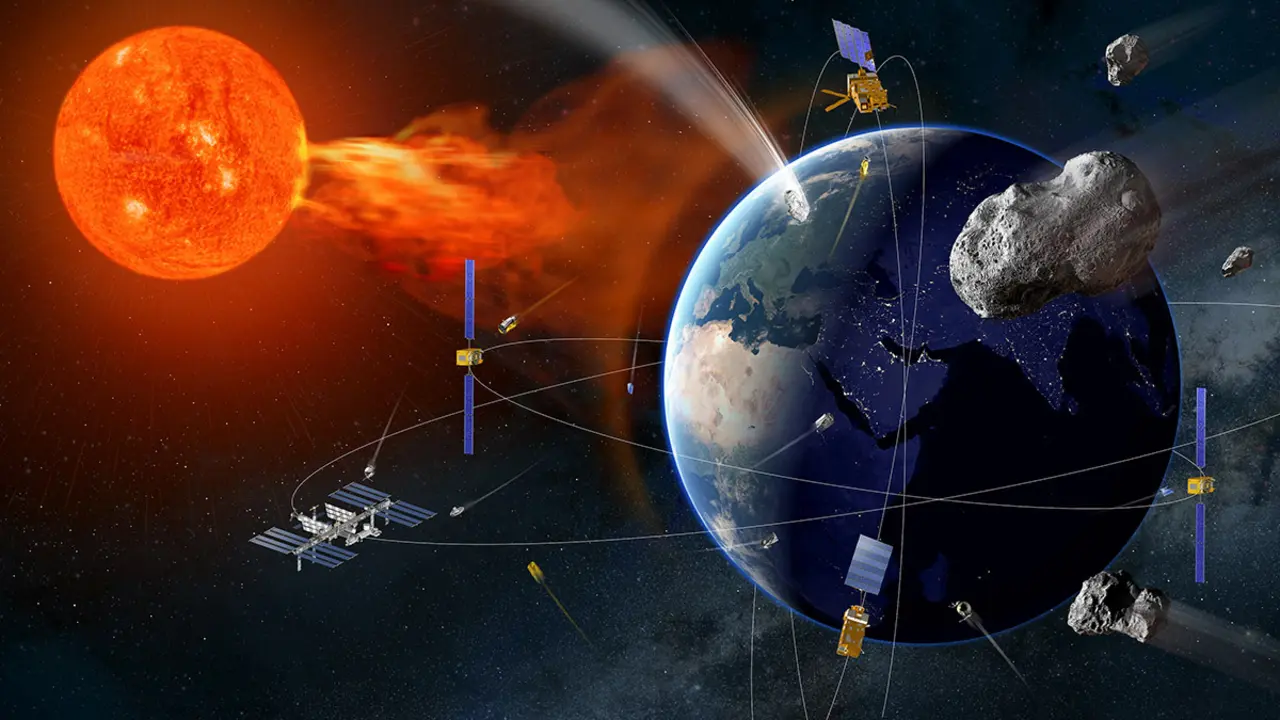Hisdesat and Defence unveil the Spanish military satellite that holds the most secrets
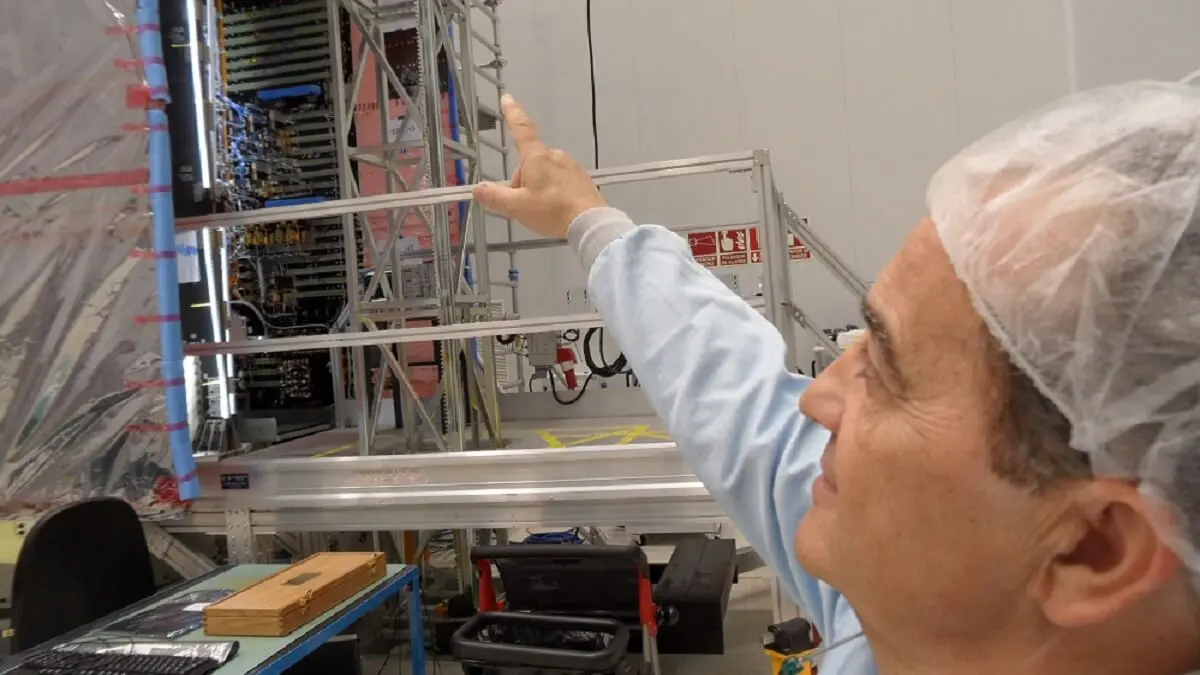
Hisdesat has just unveiled for the first time the Spainsat New Generation, the new encrypted satellite communications system that the Spanish government services operator has developed for the Ministry of Defence.
The system will consist of twin Spainsat NG I and NG II digital technology satellites, the size of a minibus and weighing 6.1 tonnes, which will be placed in geostationary orbit 36,000 kilometres above the Earth. Both have been designed to provide more and better secure transmissions to the Spanish Armed Forces, NATO and allied and friendly countries.
The presentation of the satellite programme took place at the headquarters of Thales Alenia Space España in Tres Cantos (Madrid) and its protagonists were the Minister of Defence, Margarita Robles, and her Secretary of State, Amparo Valcarce.
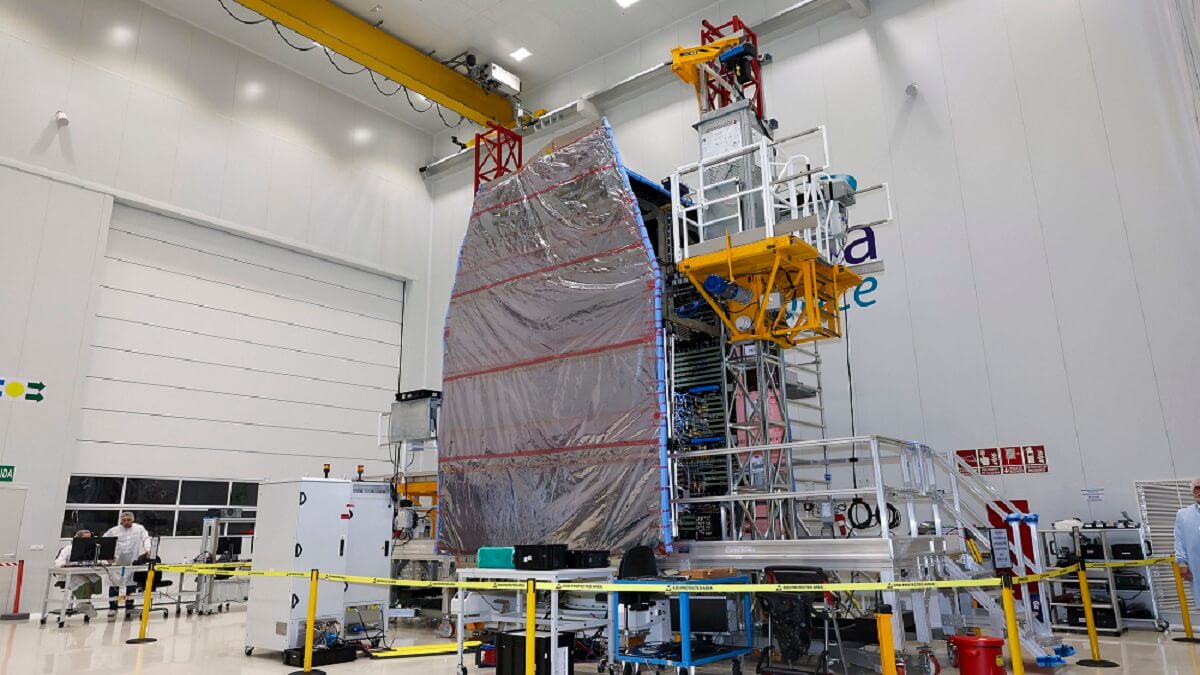
Both authorities have directly contemplated the huge communications module of the Spainsat NG II -the second example of the system-, and have been informed of its main features and benefits by the general director of Hisdesat, Miguel Ángel García Primo and by the president of the company, Admiral Santiago Bolíbar, for whom the Spanish satellite is among "the ten best in the world".
García Primo emphasised to the minister that Spainsat NG is "the most advanced secure communications satellite in Europe", emphasised that it represents an "enormous technological leap" for the Spanish space industry, "by incorporating the latest generation technologies", and that it is going to be a "tool of the Ministry of Defence's international policy".

Protected against high-altitude nuclear explosions
What are the unique features that make the pair of Spanish spacecraft so special? Well, they are the first to have been developed to be geolocation and jamming resistant -antijamming-, protected against attempts to spoof their links -antispoofing- and shielded to prevent the disabling effects of the electromagnetic pulse caused by a high-altitude nuclear explosion.
Which parts have been shielded from atomic explosions? Hisdesat's Director of Operations and Programmes, Basilio Garrido, replies: "This is confidential information, but I can say that everything that needs to be protected is protected," he says. What he does clarify is that the Spainsat NG II communications module in Thales Alenia Space's clean room is "about to conclude the assembly, adjustment and verification of the numerous hardware and transponders responsible for managing the X, military Ka and UHF bands installed on the satellite".
Garrido stresses that this is a process of "great complexity, as we have to combine the three bands in the same structure, make them compatible and make them work correctly. It is a major challenge. He underlines the importance of the X-band, which is "based on two flat active antennas weighing just over a tonne, which are installed on top of the satellite".
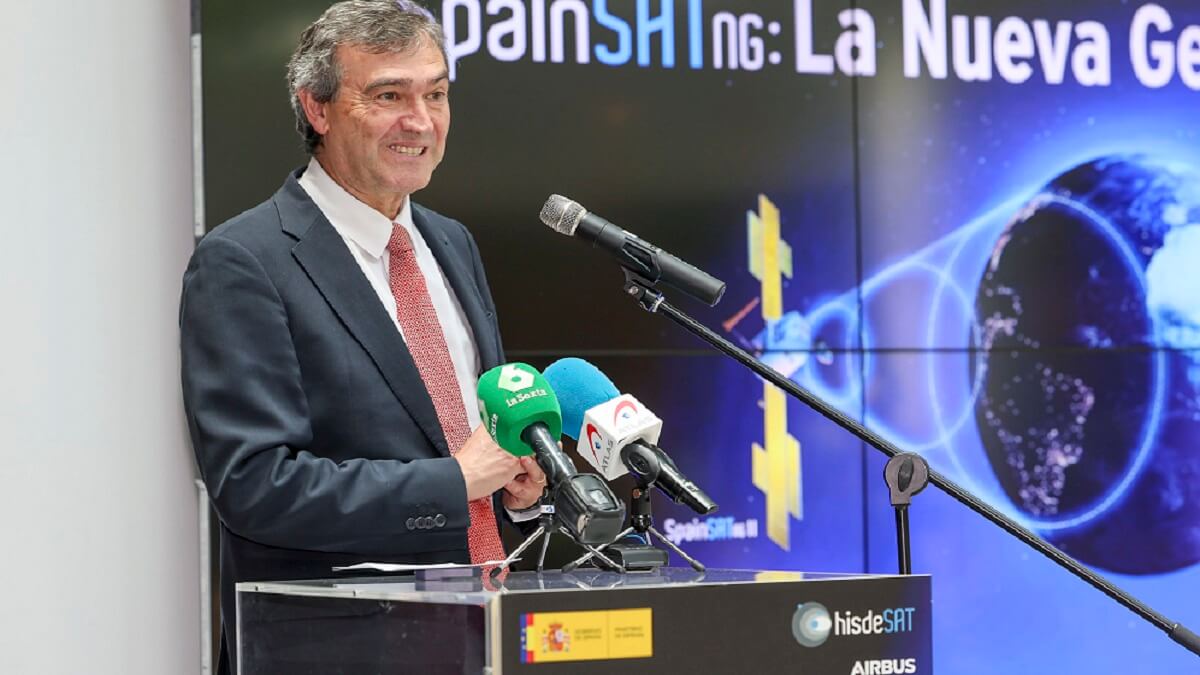
Made by Airbus Space Systems España at its factory in Madrid, the two flat antennas "allow us to concentrate the equivalent of 16 parabolic antennas in a very small space". In this way," Garrido adds, "there is free space for loading the rest of the larger antennas", which, together with their equipment, are the responsibility of Thales Alenia Space in Spain.
For the transmission of large volumes of data, Ka-band is used, which consists of six classic parabolic antennas, "which can be moved and pointed anywhere on Earth". The two UHF antennas are of the greatest interest for air force links. They are very large, "especially the transmitting one, which is cone-shaped and more than 4 metres long," explains Garrido.

Spainsat NG I's final six months on the ground
With funding of 1.4 billion euros, for the Secretary of State, "the ambition we have put into the two satellites is great", which will cover "nearly two thirds of the planet": all of South America, most of the United States, Africa, Europe, the Middle East and Asia, as far as Singapore. In terms of technology, the programme incorporates a research, development and innovation component "that should allow national industry to participate by more than 40 percent", says Valcarce.
Spainsat NG I is now fully completed in Toulouse, on the verge of completing the last stage of testing prior to its launch, which is scheduled for the end of November. As for NG II, it will leave Tres Cantos in a special convoy by road in the last days of May for the French city to complete the work and carry out the final tests. It is scheduled to be launched into orbit "in June 2025", the Secretary of State for Defence said.
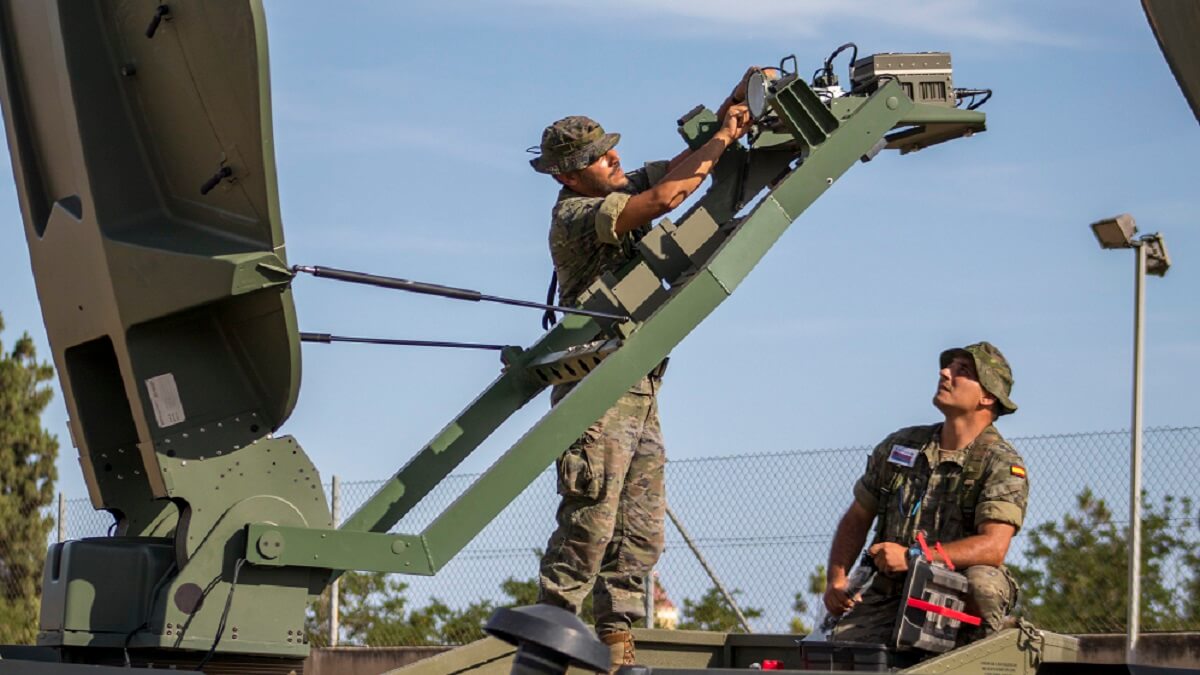
The official statement from the Ministry of Defence stresses that the Spainsat NG "is the first time that satellites of this size will be integrated in Spain". Defence confuses what is indeed materialised at Thales Alenia Space España in Tres Cantos, which is to complete the communications module with its technologies and those provided by Airbus Space Systems España.
However, the complete integration or assembly of both satellites is not carried out in Spain. Specifically, it is the full responsibility of Airbus Space Systems France, in the aforementioned town of Toulouse. It is there that the communications modules for both satellites, which have been completed in Madrid, are shipped.
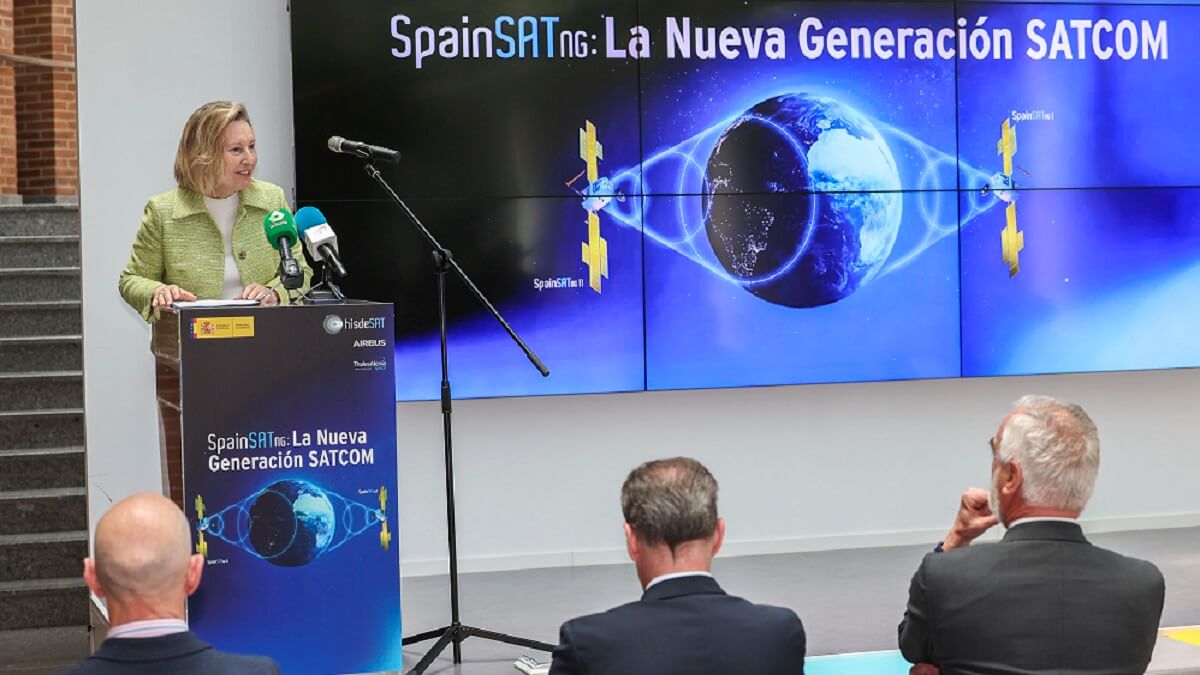
On the other side of the Pyrenees, each satellite is fitted with its service module, which includes an advanced ion propulsion system, as well as the various antennas and the large solar panels. It is also in Toulouse that the final tests are being carried out, before each satellite is sent to the United States by air, to be launched into orbit from Cape Canaveral on Elon Musk's Falcon 9 launcher.


